OTT market in India is exploding at 30- 35%: Uday Sodhi
In conversation with AdGully, Uday Sodhi, EVP & Head, Digital Business, Sony Pictures Network, speaks at length on the growth of the OTT space in India, the key growth drivers, the revenue structure and more. Excerpts:
How would you define the growth of subscription-based video content in India? What will it take to sustain this growth in the long term?
There are a few factors that impact the subscription business in India. The number one factor is the payment mechanisms. The ability to have seamless, frictionless payment systems – digital payment systems – will determine how fast the e-commerce business for digital business will move. Subscription is a large part of that. So we still haven’t seen subscription becoming mainstream in India. It will take a fair amount of time before subscription becomes significant in India. Primarily because the payment methodology in India is still not digital-friendly. So I think by the time they get established, we are going to see a couple of years before payment banks, digital wallets, subscription services come into play. Uber is one example where India is the only country where they accept cash. That is primarily because of a broken payment system in this country as yet. As these systems get established, as digital wallets get established, I think people’s confidence to use these for various services, not only for one time usage, but also for subscription usage. Subscription usage is that I can ping the wallet on a monthly basis and be able to debit that account.
What leads it to sustain the growth?
Proper payment system is the core infrastructure that is required. The rest of it is in terms of services in what you can use it. Today, SVOD services are available with most of the service providers. It is just that we need both sides – demand and the supply – to tie in. Once it becomes friction free and easy, all of sudden we will find a lot of people moving in.
Who are the big players investing in OTT platforms in India? What is the range of these investments?
I don’t have a definition for this. I think there are 3-4 sets of people who are coming into the industry. One set is the international players wanting to come to India and looking at a global footprint. There is another set of people who are broadcasters wanting to get into the digital space. The third set comprises people who are independent digital companies, who have digital lineage and want to get into this entire OTT (Over-the-top) space. The fourth group is the telcos, who are getting into it – such as Jio, Vodafone, etc. I would club them into four key categories of players who want to look at digital video and digital video monetisation and its business.
If you were to peg a figure for it, what is the size of the OTT market in India today? What kind of growth are you looking at?
Very small. My guess is that the growth could be anywhere from 20 per cent to 30 per cent year on year. It depends a lot on the pace at which smartphones and 3G, 4G penetration happens.
What are the challenges and the potential as far as scale and measurement are concerned?
There is no limit to growth. It is finally going to be limited by how many people have bandwidths and how many have phones to consume it. This is very device-dependent and bandwidth -dependent. It’s like how TV is dependent on the device – a television set. So it depends on the penetration of television sets and penetration of cable or DTH. Potentially, you can cover the whole country, but it depends on how you reach it and consume it. So, the same limitation lies in digital platform. How will I consume it? Thus, phones, tablets and PCs are consumption devices, while 3G and 4G connections are your delivery mediums. The growth will be dependent on how these two grow. Fundamentally, besides that it also depends a lot on whether there is relevant content for the masses. Is there relevant content available in different languages? Are the websites going to be in the right language? Are we going to address each audience or each segment with the right content? If we are able to reach them, it becomes a clear case for people to use.
So far used to consuming largely free content, is the Indian audience ready to pay for online content?
Now, the situation is even if I have the willingness to pay, how do I pay? It is a big challenge. There is a set of people who are willing to pay. Then there is a challenge on how to pay and how to pay every month for subscription service. So I think all these infrastructure services have to be sorted, which will ensure that even if I have the willingness to pay, can I pay seamlessly. Few thousand people will always pay.
When you are looking to reaching large scale, do you think that the content strategy have to be changed in that case going forward?
I think the content strategy will be a combination of what is value to the consumer, how much of it is behind paywall and how much of its free. What is the strategy of each of the players in the market? Are you going to make only premium content, are you going to have only premium subscription? Are you planning to do a free combination? Most broadcasters will do a combination of free and paid. It all depends on what your strategy is – some are going only SVOD, some are going only AVOD, and this is worldwide. I think this whole debate of one versus the other is futile. Worldwide there are successful models and successful businesses in advertising-based services. YouTube is a very successful global business. Netflix, on the other side, being an SVOD business is very successful too. And you have got Hulu, which is a premium business that is also very successful. So, each one based on what their strategy is in the market will go after which works best for them. Therefore, to say that ‘ye chalta hai aur ye nahi chalta’ is not fair in the early stage of the market in India. The market will get determined over a period of time. In television, for example, there is paid TV, there is free TV, then there is combination of two. Everything is available today – so whether you want free or paid, you can decide. So the base packs can be very cheap and then you can get into premium packs. You will find the same thing in the US marker. There are a lot of people who don’t take cable TV or expensive TV or only take free and local channels.
How are sports events spurring the growth of OTT players in India?
Sports give OTT platforms access to a large base of users. It gives access to users who are not entertainment or Hindi-entertainment followers. It gives access especially to players like us and gives us a large access to people who may not be following our shows. Therefore, we get huge spikes during sports events. It gives us new users, it gives us different sets of users both demographically and from a profile perspective. So it’s a great new additional business for us. We look at it as an add-on to our entertainment business. We look at sports as an additional TG, additional segment.
Sony Pictures Network is playing big at acquiring television and digital rights of sports events like 2016 Copa America, Premier Futsal league and Euro 2016. How has SonyLIV benefited from this development – in terms of growing the viewership and also revenues?
For us Euro, Copa, La Liga, Carribean Premier League and lots that are in the pipeline give us a huge customer base who wants to consume these events online. Our traffic level goes completely through the roof during these events. It allows consumers to download our app, retain our app on their handsets, it gives far more engagement to our users because it is not only live. They share it in their social platforms, they share it across messengers and stuff. Sport events come like this and they peak at a point in time. It gives a lot of buzz during that phase.
What are the key points that you are firm on while devising SonyLIV’s content strategy? Please also shed some light on the content acquisition cost.
From our perspective, we are looking at ourselves as a total entertainment OTT portal. So we have got shows, movies and sports. Our portfolio today is complete from these three verticals. Now we are expanding on what we can do more on shows. Therefore, we have got a huge line-up of original shows, besides what we are doing with the channels. We have also just added a short film category, we are now adding English category and we have a large Hindi category. So we will have a full film category in that. On the sports side, we have got every big sport that matters today. From international sports like Copa America to Euro to all the big football tournaments coming upfront. We have got a couple of cricket leagues coming up. All sorts of stuff are in the pipeline. We want to offer to our customers a full engagement, 360-degree OTT.
What drives more traffic, the app or the website?
Whether it is web or app, mobile drives more traffic.
Journey of big screen content to TV and now to mobile and other devices – what have been the noteworthy developments in this transition?
I think what has happened is our engagement with the users has gone up. So, the life of our content is not just the 8.30 pm slot or the 9.30 pm slot when the show runs. There is more life to it. The life that exists on catch up, people want to watch it. The engagement on our content has expanded significantly and the consumption devices have become multi-fold. So there is far more that a consumer can do with the content in terms of sharing it with somebody, watching it with somebody on the coke, watching it at the time they want to do it.
With the growing competition and entry of new players, what are the factors that will define the OTT space going forward? What will set apart the strong players from the also rans?
We are right now at the early growth stage. So, there will be a lot of people who will come into it. Lots of people, I believe, are planning to come into it. This market is exploding at 30- 35 per cent. In three years, the market is going to be double as what it is today. There is room for a lot of players. I don’t see that as a challenge. I think what will happen is that the broadcasters have a natural advantage because they produce a fair amount of content. So they will be among the bigger players. But there will be international players, telcos, independents who will all get into it and build an ecosystem which I think will be great for the digital business.


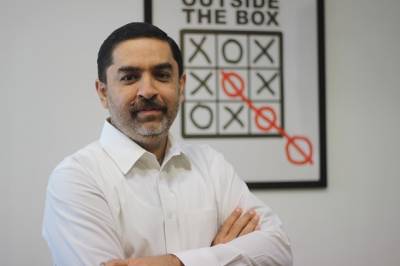

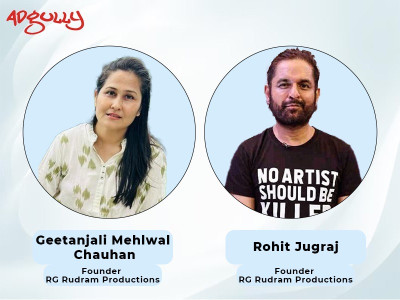
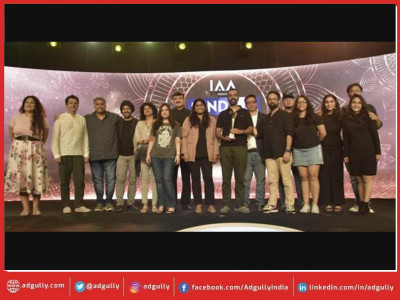
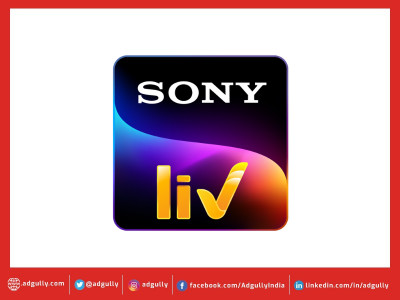



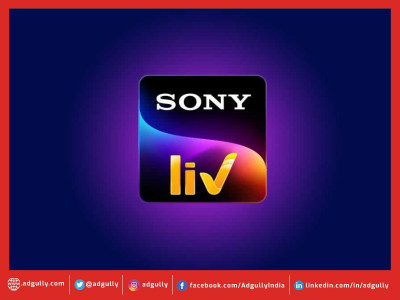

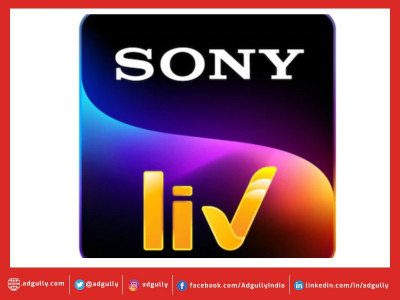
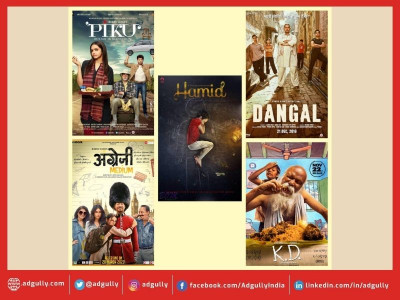
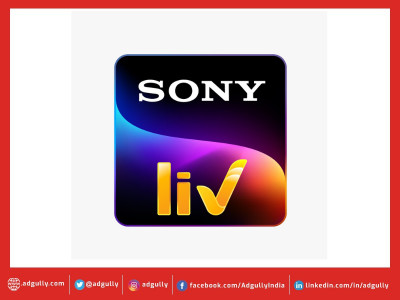

Share
Facebook
YouTube
Tweet
Twitter
LinkedIn